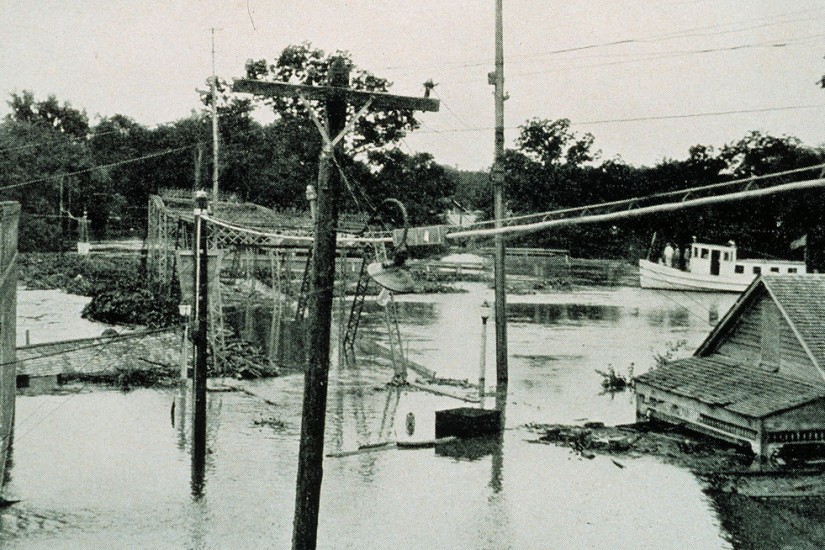When she performed “The Flood Blues” for a 1927 session with Okeh Records, Wallace had been living in Chicago for four years. A cornet player named Louis Armstrong, another recent arrival from the South, joined the band during the session. Armstrong had moved from New Orleans to Chicago in 1922 after bandleader Joseph “King” Oliver invited him to join his Creole Jazz Band. By the time he participated in the session that produced “The Flood Blues,” Armstrong had left Oliver’s band and formed his own ensemble. But he frequently played cornet (and by the late ’20s, trumpet) during recording sessions for blues singers like Sippie Wallace and Bessie Smith. Recorded in May, just one month after major flooding began, the collaboration between Wallace and Armstrong connected both southern migrants to their hometowns—Gulf Coast cities that frequently experience flooding.
“The Flood Blues” tells a story of race and place. Wallace’s sorrowful vocals and Armstrong’s wailing cornet offer a musical articulation of the enduring relationship between Texans and Louisianans during catastrophic natural disasters. Floods especially have linked people of color from these Gulf Coast states, causing mass migrations between the states that led to demographic and cultural transformation.
